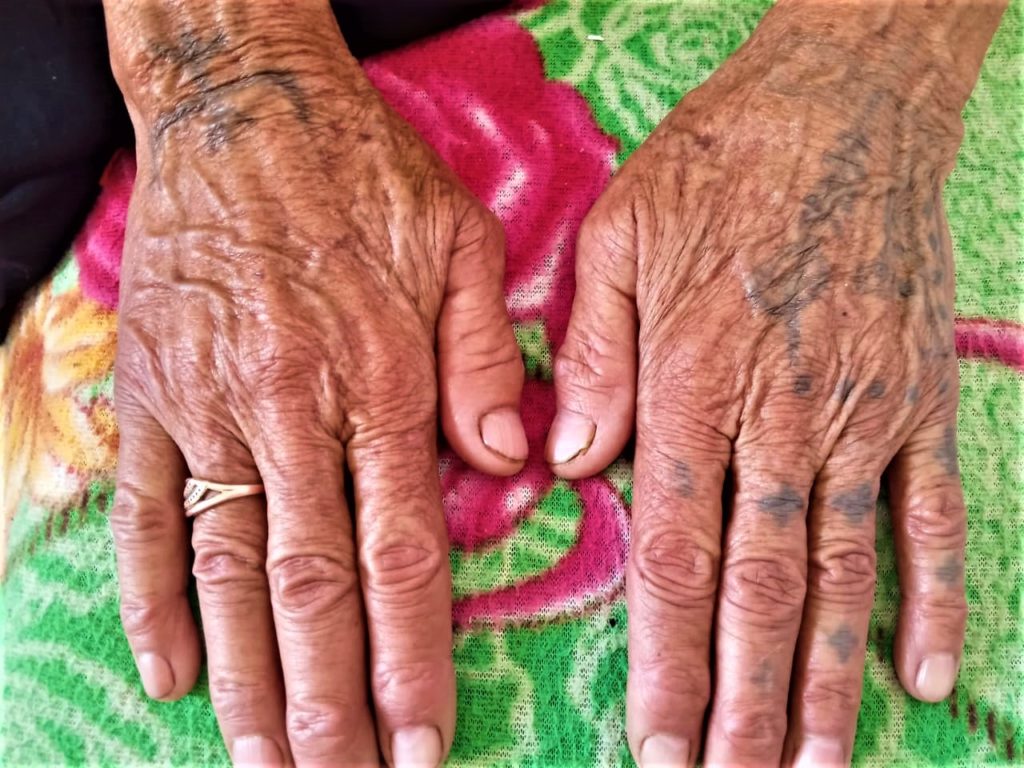Bou Saad is an ancient Berber village in the South Tunisian governorate of Gafsa. According to an article the Tunisian newspaper aš-Šurūq published in 2016, Bou Saad used to be called is-Saket in previous times.
And, even nowadays, people in their fifties use this name instead of, or concomitant with its current toponym. Bou Saad is interbedded between Bou Omrane, which is located to its west and is-Sanad to its east. In the south, Bou Saad abuts to the villages of Bir Saad and Talah. However, the main road leading to the governorate’s capital Gafsa, divides the villages, with Bou Saad being north and Bir Saad as well as Talah being south of it. As its area encompasses a large part of the Arbata Mountains (Žbǟl ʕAṛbāṭa), it reaches as far as the village of Tafertast (Ṭāfirṭāst) in the north.
Historians estimate their presence back until 15,000 years BC. Caves preserved between Bou Saad and Tafertast suggest that Berber had already pre-existed on this territory. Historians estimate that their presence dates back to 15,000 years BC. Hence, the caves’ heritage is even older than the Capsian culture (between 7000 and 8000 years BC), for which the region of Gafsa is known. Moreover, the region is rich of stone age landmarks.
In contrast to that, a tomb reminding the medieval saint Sidi Saleh (Sīdi Ṣāliḥ) appears like recent history. Locals, however, still maintain their Berber heritage. Berber women, for instance, still feature their traditional face- and handtatoos.


